|
Put your forehead on your knee!
We've all heard this instruction thousands of times. The phrase and its variations have become synonymous with correct practice of "head to knee" postures. The problem is this: the forehead touching the knee should be a result of the correct muscular usage, not the end goal. This may be a surprise, but there is little to no benefit in touching your head to your knee. Unless you are making the argument that the head benefits from its contact with the knee (which it might, due to a nerve plexus or gland), or the knee benefits from its contact with the head, it becomes obvious that the value of the position lies somewhere else, even if the well-known signifier of the posture is the famous "head on the knee." The distinct benefit comes from using the abdominal muscles (rectus abdominis) to bend the spine forward, compressing the organs, glands and intestines; and from forward- bending the neck, compressing the throat. These two foundational elements are then accentuated by what the rest of the body is doing, whether balancing on one leg as in Standing Head to Knee, maintaining external rotation of the opposite hip as in Seated Forehead to Knee, or kneeling as in Rabbit. Sometimes the cue---to put the head on the knee---and the posture work together. Great! The muscles in the neck and abdomen engage, the spine bends forward, the throat and abdominal contents get compressed, and the head touches the knee. But often the instruction and the posture don't work together. Our head may be able to touch the knee without the valuable engagement, bending and compression. We get the end result of the cue, so we think we are benefitting from the posture. But the important parts of the posture are left undone. Those that struggle with "head to knee" poses will get great benefit in finding their abs and contracting them as best they can. Will their head get close enough to touch their knee? Maybe, but maybe not. Those that are stronger should try to get their head closer to their hip than their knee. This will continue to develop their abdominal strength and compression past the point of their head on their knee. "Touch your forehead on your knee" can be a great visual cue. However, as practitioners and teachers, we need to remember cues are attempting to make an action happen in the body. They are not the goal in and of themselves.
5 Comments
This was really helpful. One of the reasons I have left my Bikram practice is that I attribute my current knee situation (I have been told I need a knee replacement) to becoming so much worse because of the militaristic shaming I received during so many classes that I wasn’t fully expressing the posture. I tried repeatedly and now I and I alone pay the price.
Reply
All
2/4/2019 09:55:02 am
It's really too bad you were driven away :-( I see it all the time. That old school militarism is finally starting to die out - but there are teachers out there who will never change. I hope you have found your way to another practice and studio that encourages a safe and fulfilling practice.
Reply
All
2/4/2019 09:52:23 am
I read this a few weeks ago - i can't remember where you guys initially posted it. It's funny because as a teacher I have intuitively realized that "the posture hasn't started" was just WRONG. I am not a dialogue teacher, but i just worked around that bit, with cues like back side extension, front side compression. As a practitioner, this pose is super tough for me as I have the world's flattest back. And this post has REALLY helped my own practice. I had been putting my hands to the sides, pushing the mat away, bending my knee, all that stuff. And while i was getting a tiny bit of back side extension, my arms were doing all the work. I have since started doing this with prayer hands and squeezing the hell out of my core. It's a very new thing for me, but it's hard, and it's work, and I know I'm finally on the right path for my practice. AND I know have more intellingent cueing for my teaching. Long post - sorry - but THANK YOU!!! Hope to meet you guys for a practice week at some point!!!! (sadly, I always seem to have a sched conflict.) thanks again!!!
Reply
Just a thought
2/5/2019 10:41:14 am
It’s important to remember when Bikram came up wth the dialogue he barely spoke english and his 11 year old daughter was his editor. What he is trying to communicate is the hips over ankle with a “lock out” position of the cup and ball joint of the knee. Consistent contraction of the quadriceps and abs required. Once the weight goes back into the heel or people try to force the depth is when injury occurs. The bikram sequence is designed specifically for knees and spine. You push as far as your body goes that day keeping the integrity of the form. Separate leg Standing head to and head to knee (on floor) are the only ones where the “forehead MUST touch the knee” and in these instances bending of the front leg is permitted, stand head to knee, forehead to knee is final expression and is conditional on many other steps. When the weight is forward on the ball of the foot and pressing down four corners of the feet, thigh engaged and knee locked, the hip flexor in the front contracts giving you a LIFT out of the knee and hip joint. The difficulty of maintaining this muscular contraction is what leads people to shortcut the posture leading to injury. The push push push mindset is all within your personal boundaries, no one person competing with the other. Taking it slow and easy is always permitted, however standing on a leg that is not locked out creates room for many more injuries from side wobbles potentially causing tears or worse. The key is to study the true form of each posture, move slowly (hence 90 min) and breathe in stillness. Your body will tell you what does and doesn’t feel good. In the end, each yogi is their own teacher and there are no wrong answers. What works for you may not work for someone else, but asana comes pretty close! Namaste!
Reply
Happy
6/10/2024 02:05:31 pm
Love this!! I don't know how many times i threw my back out in this pose by focusing on putting my forehead on my knee. Eventually I found a good teacher who told me to keep my leg straight and just forward bend as far as was comfortable. No more back pain! And after 2 years of practice, my forehead was on my knee....
Reply
Leave a Reply. |
AUTHORSScott & Ida are Yoga Acharyas (Masters of Yoga). They are scholars as well as practitioners of yogic postures, breath control and meditation. They are the head teachers of Ghosh Yoga.
POPULAR- The 113 Postures of Ghosh Yoga
- Make the Hamstrings Strong, Not Long - Understanding Chair Posture - Lock the Knee History - It Doesn't Matter If Your Head Is On Your Knee - Bow Pose (Dhanurasana) - 5 Reasons To Backbend - Origins of Standing Bow - The Traditional Yoga In Bikram's Class - What About the Women?! - Through Bishnu's Eyes - Why Teaching Is Not a Personal Practice Categories
All
Archives
May 2024
|

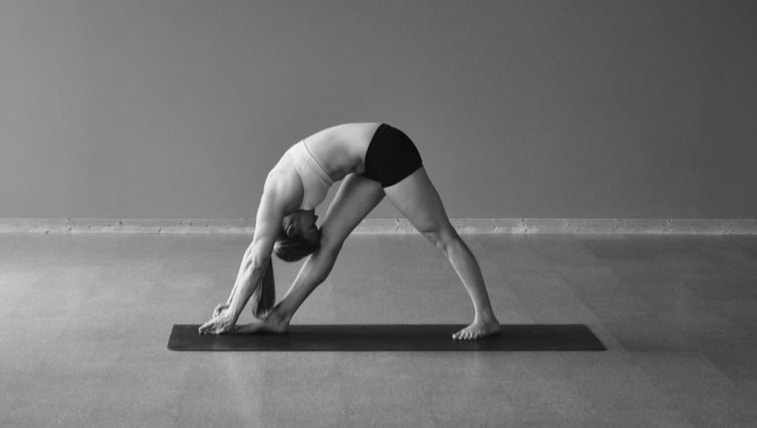
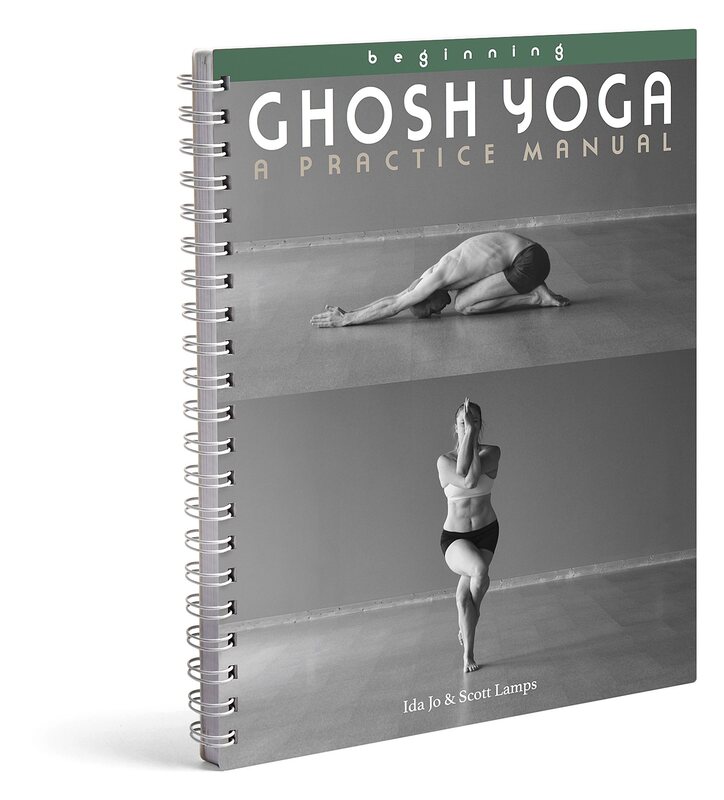
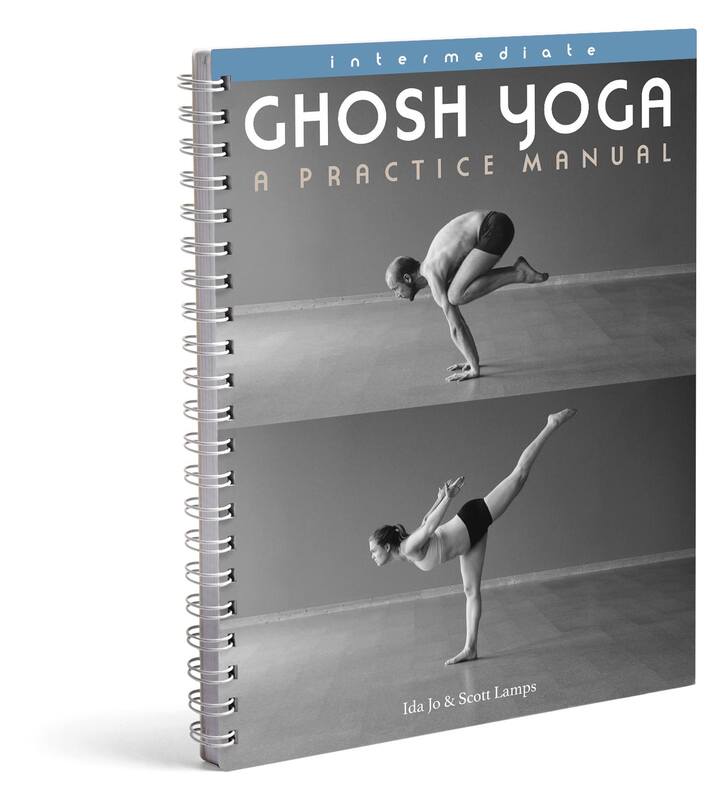
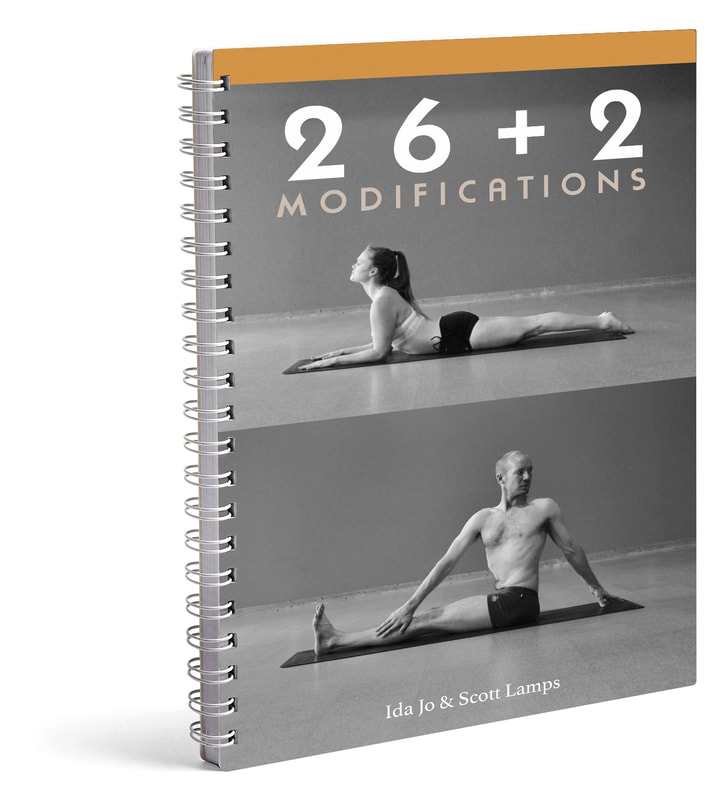
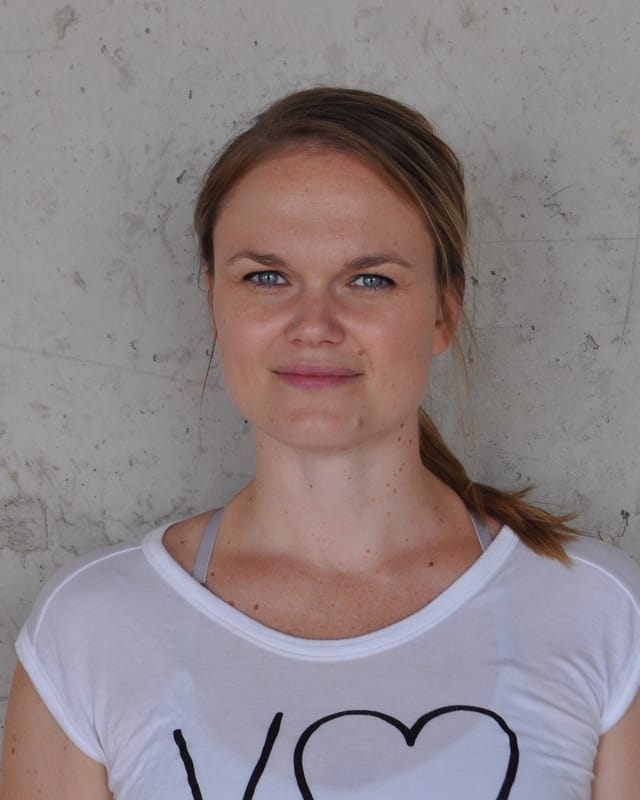
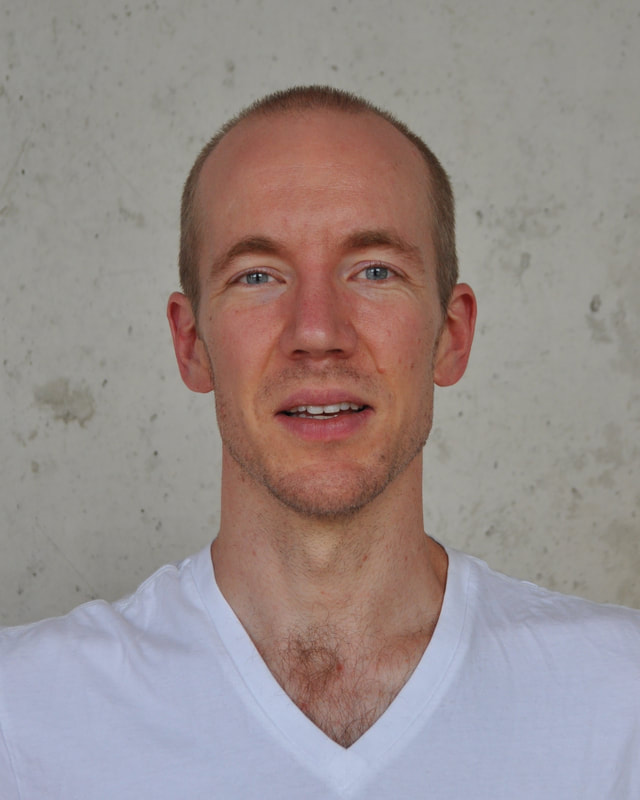
 RSS Feed
RSS Feed